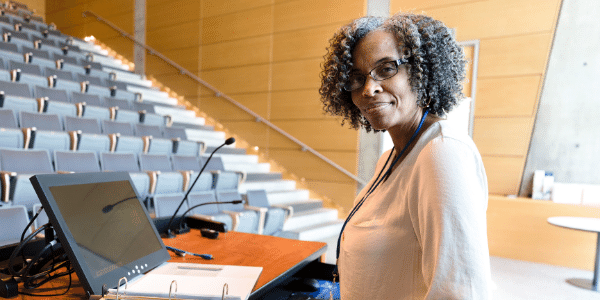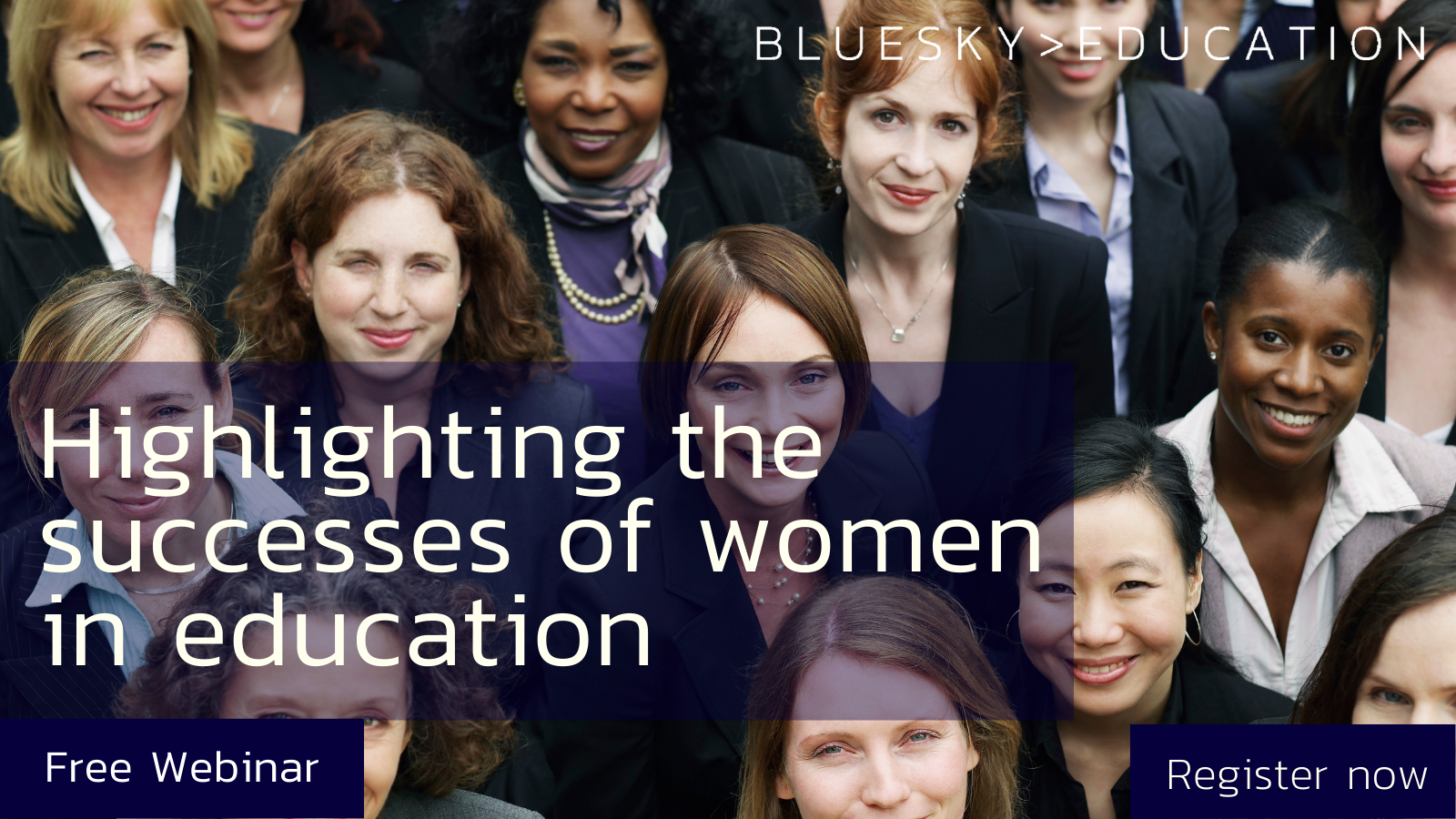My colleague Stephanie Mullins and I recently gave a webinar on how to why we must highlight the successes of women in higher education through the media - and how to do it (for those of you who missed it and would be keen to take a look – its available for free on-demand on our website!)
It’s obviously a very important topic. Women, of course, in all industries and walks of life deserve an equal platform to men. But why have we highlighted it to be of such particular importance in higher education?
Business schools and higher education institutions house some of the world’s most inquisitive minds and intelligent thinkers and, yet, their expertise can often go unnoticed by the mainstream media. There is a gulf between academic expertise and everyday business practice – and it can be a hard gulf to bridge at times.
This is especially frustrating as such institutions have a responsibility to use their expertise – whether through the training of our next business and societal leaders through degree programmes or through the research activities of their faculties – for good.

This responsibility is particularly true when it comes to leading the way on diversity. Our higher education institutions must model what they hope to see for the future of the world – practice what they preach – so to speak.
Any many many of them do! After a decade of working in higher education PR (and as a woman!), I know only too well how inclusive such institutions can be. The ways in which they work to open programmes up to students from a wider network of backgrounds, how faculty research and corporate consultation can benefit society and industry for all and how these institutions can support the women working and studying within them.
However, that gulf still exists when it comes to making that inclusiveness and future focus clear and accessible to the wider world. It is further hindered by an outdated but still much-touted perspective that certain schools and disciplines are an “old boys network”… hardly a progressive platform to launch from.
Because of this, despite all the fantastic work such institutions are doing to level the playing field, much of it risks falling under the radar of the wider world. And this wider world includes businesses who may one day consider hiring their graduates or contracting them to create a custom Executive Education programme for their staff, it includes potential applicants, societal organisations and other could-be stakeholders.
This in an audience an institution wants to be put in front of – and to be put there in a positive fashion.

This is where effective media relations comes in
Media relations are a powerful tool for institutions to generate awareness for their work, build recognition for their brand and enhance their profile. Whether by making research “press-friendly” or sharing inspirational stories of alumni success, media coverage can be a powerful tool in shining that well-deserved spotlight on their work.
But it can be easy to get it wrong…
For example, when it comes to societal issues, national recognition days provide a convenient outlet and platform from which to share our efforts. And yet, more and more, they can also be an outlet for frustration if engaged with incorrectly. Audiences get, understandably, frustrated by institutions that seem to share adverts and not action.
Never was this fact more evident than on International Women’s Day 2022, when a twitterbot was programmed to monitor every single organisation that decided to post with an official IWD hashtag and respond to the tweet by highlighting the organisation’s mean gender pay percentage.
The bot caused chaos. It made international news. Institutions which had no doubt spent precious hours and budget on preparing social media campaigns to join the IWD movement were, more often than not, left humiliated by the bot’s response and the subsequent responses of their followers. It didn’t matter how accurate the bots info was. Without actual continual efforts in their public history to practice what they were preaching, few came away looking good.
The bot also sparked a wider debate – we as a society are simply not doing enough advocate for gender equality. Adding a hashtag to a social media post isn’t enough to create change.

Higher ed institutions strive for diversity. They depend on it. It strengthens class make-up and alumni networks, enhances teaching capabilities and brings in new ideas, better funding and provides a means in which to stand out from competitors. Business Schools in particular are ranked on it.
Yet despite the wealth of expertise they have to offer, many institutions will still mark societal issues in days and events rather than on-going action.
This is the wrong way to do things. And if the bot wasn’t enough to convince you, hopefully our webinar will. In our presentation, Stephanie and I highlight some of the key challenges listed above and provide actionable ways in which you can overcome them easily – helping your institution to jump off the bandwagon and instead lead the parade.
There is, of course, much more we could say, and the discussion on women in the workplace (and women in higher ed) will continue for years to come. But, if you want to discuss how your institution can become a more active, visible and authoritative voice in this discussion, please don’t hesitate to get in touch – we’ll be happy to share our ideas!
Kerry is a former BBC journalist. Recognised in the graduate management education arena as a leading authority on communications for the industry, Kerry has more than a decade of experience in the media and public relations.





